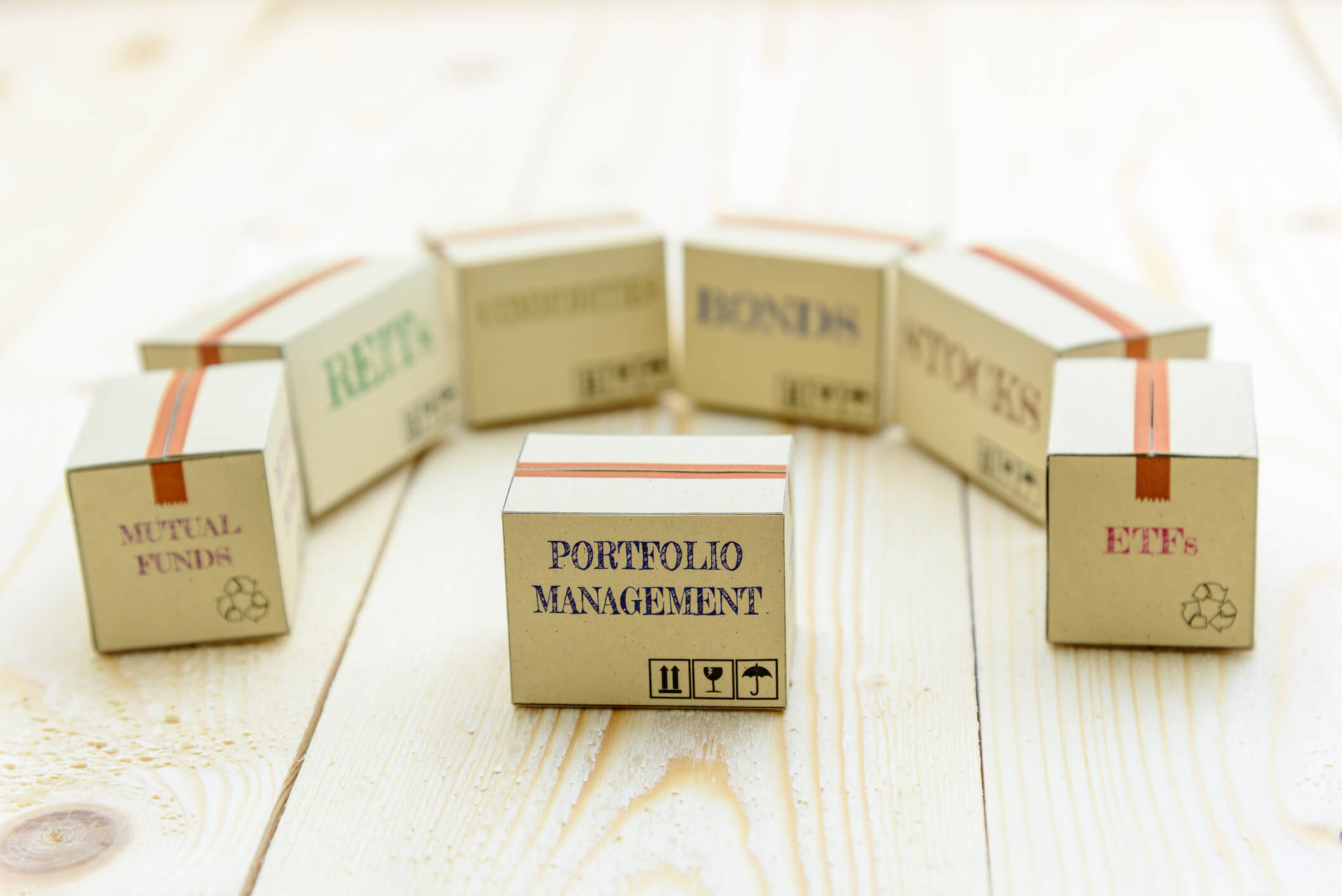Check for Hidden Fees
One of the most important things you can do is know your fees for each investment option. It can hide prices in several places, so it’s essential to look for them.
There are two main types of fees:
Transaction costs (also called brokerage or commission fees): These are charged every time an order is placed. Most brokers charge this fee based on the amount of money involved in an investment transaction. For example, if you invest $100 with a 1% transaction cost and sell it at half its value within one year, your broker will deduct 0.5% from your profits before sending them to you. This means less money in your pocket!

Transaction costs can add up over time and eat away at your returns; they’re incredibly costly compared to other options, such as low-cost index funds (which are passively managed).
Management fees apply only to actively managed funds that require research by professional managers who seek out investments like stocks and bonds. The goal here is to outperform benchmarks like indexes using information not readily available to individual investors or even institutional investors like pension funds who rely heavily on third parties for advice about which stocks & bonds make sense for them.
Keep a Written Record of Your Strategy
The vital thing you should do is write down your investment strategy. It would help if you also wrote down your goals, risk tolerance, and time horizon. Then, ensure that you have an asset allocation in mind for each type of investment (stocks and bonds). Once you’ve done that, look at what kinds of funds or exchange-traded funds (ETFs) best fit into each bucket for their purpose—growth or income, domestic or international, growth at all costs, or a balanced approach. Finally, tracking how much money has been invested in each one is essential to know where all your money is going at any given time.

Diversify
Diversification is a crucial part of investing. It can help reduce risk and allow you to invest in several asset classes, countries, and sectors.
There are three main types of diversification:
- Asset class diversification – investing in stocks, bonds, or cash.
- Geographic location or country diversification – investing outside your home country by buying international shares or bonds from overseas companies listed on an overseas stock exchange or bond market.
- Sector/industry diversification – this type of investment focuses on specific sectors such as healthcare, technology, or energy that tend to perform better than the overall stock market over long periods because they experience less volatility than other investments such as real estate or gold prices.
Don’t Set Your Expectations Too High
When investing, you shouldn’t expect to make a lot of money in a short period. This is especially true if you’re starting with a small amount of capital. It will take time for the stock market and its underlying companies to grow their businesses and increase earnings before your portfolio can start producing returns comparable to those available from other assets (like bonds or real estate).
Instead, think long-term when investing your money—and be patient! Don’t expect to see a return on your investment immediately—or even after six months. The key takeaway here is that it may take years before investments generate income that meets all or even some of your financial needs, so don’t quit working just because it takes longer than expected for stocks, bonds, etc.

One Common Mistake is Buying and Selling Based on the Headlines
Investors often buy stocks or ETFs in the news and ignore others that may be better accepted. It’s human nature to want to be part of the crowd, so if a stock is in the news or a company, you’re invested in us having a good quarter or year, you might feel like it’s time to jump back into the market.
However, buying and selling based on how much money you can make can cost you money over time (and even ruin your chances of long-term success). Instead of letting your emotions guide your investment decisions, consider these two essential tips:
- Buy low and sell high.
- Don’t try to outsmart everyone else.
Streamlining Your Investment Portfolio Can Help You Reach Your Goals Faster
It can reduce the number of transactions you make, reducing your fees. It can help you avoid making emotional decisions and save time by not having to re-read every single document in your account when trying to figure out where a particular transaction occurred. Finally, it can help you avoid making mistakes—which are costly!
This year, build a portfolio personalized for your financial goals. That way, your money can work for you instead of the other way around. About Complete Controller® – America’s Bookkeeping Experts Complete Controller is the Nation’s Leader in virtual bookkeeping, providing service to businesses and households alike. Utilizing Complete Controller’s technology, clients gain access to a cloud platform where their QuickBooks™️ file, critical financial documents, and back-office tools are hosted in an efficient SSO environment. Complete Controller’s team of certified US-based accounting professionals provide bookkeeping, record storage, performance reporting, and controller services including training, cash-flow management, budgeting and forecasting, process and controls advisement, and bill-pay. With flat-rate service plans, Complete Controller is the most cost-effective expert accounting solution for business, family-office, trusts, and households of any size or complexity.
About Complete Controller® – America’s Bookkeeping Experts Complete Controller is the Nation’s Leader in virtual bookkeeping, providing service to businesses and households alike. Utilizing Complete Controller’s technology, clients gain access to a cloud platform where their QuickBooks™️ file, critical financial documents, and back-office tools are hosted in an efficient SSO environment. Complete Controller’s team of certified US-based accounting professionals provide bookkeeping, record storage, performance reporting, and controller services including training, cash-flow management, budgeting and forecasting, process and controls advisement, and bill-pay. With flat-rate service plans, Complete Controller is the most cost-effective expert accounting solution for business, family-office, trusts, and households of any size or complexity.




